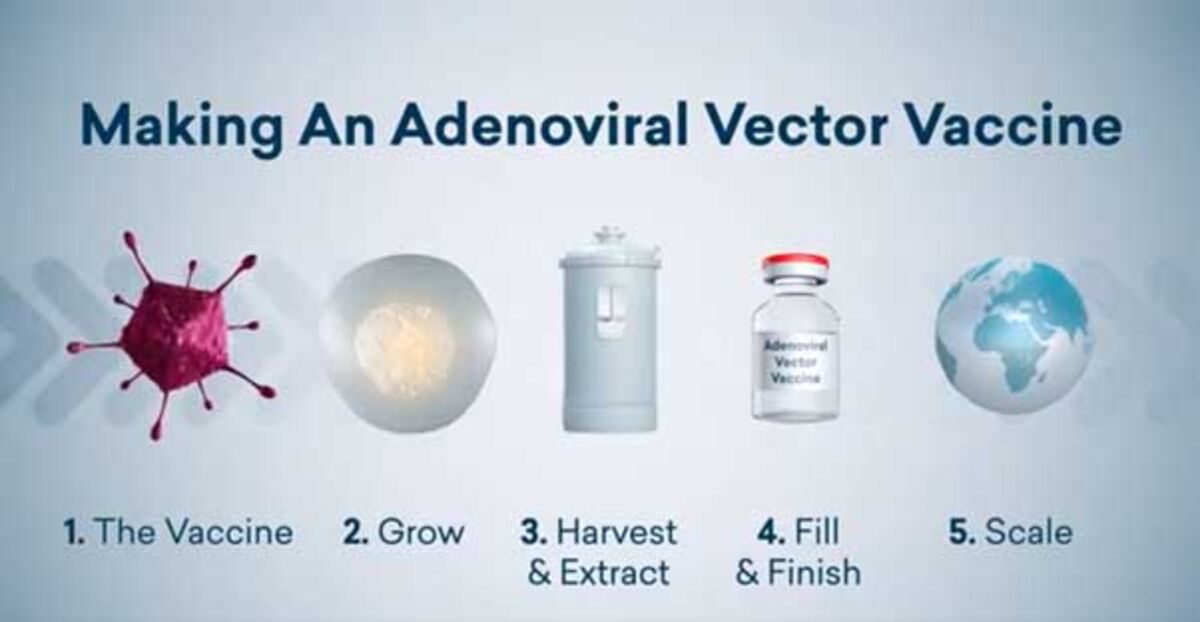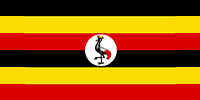A viral pandemic requires Rapid Manufacture of effective Treatments and Vaccines. Billions of vaccine doses are required across the globe and the manufacturing of vaccines needs to occur at scale and pace while maintaining consistent high standards in quality.
The ability of companies to produce and manufacture medicines and vaccines rapidly and ensure supply on a large scale is built on experience and expertise. To meet the challenges of a pandemic, a collaborative approach across pharmaceutical companies, governments and international organisations is key.
How does production and manufacturing change in response to a pandemic?
Normally manufacturing of medicines and vaccines increases as they proceed through clinical development to regulatory approval. Urgent and immediate need during a pandemic leads to scientific, clinical and production teams working in parallel to be most efficient.
How are vaccines produced?
There are many different types of vaccine platforms, each having different production and manufacturing processes.
- For viral vector vaccines, the vaccine is grown in cells that act like ‘mini-factories’ to create or ‘culture’ the vaccine quickly using bioreactors, specially designed containers that can hold a large volume of these cells. When grown to the right concentration, a substance to break open these cells allows the vaccine (drug substance) to be released for further production.
- For mRNA vaccines, a genetic sequence is inserted into a carrier which can replicate itself, and put inside a reactor, where a reaction is triggered to synthesise the mRNA. This can be purified and encapsulated in a fatty casing to allow it to enter cells.
- In the case of inactivated vaccines, an isolated strain of the virus is grown, for example in cells, allowing it to replicate, extracted using a purification technique and then inactivated, for instance by chemical exposure, to prevent it from being infectious.
What are the key production and manufacturing steps involved in creating vaccine on a large scale?
Considering viral vector vaccines as an example, once the required concentration of vaccine has been grown and extracted from the cells, to achieve a large volume of pure vaccine a series of key steps take place: filtration, membrane chromatography, and ultrafiltration.
- Filtration – like sieving – removes unwanted residual products. This is achieved using special membranes with pores.
- Membrane chromatography allows the vaccine to bind to a surface to ensure only the product that is needed is left.
- Ultrafiltration ‘buffers’ the vaccine to control how acidic or alkaline it is.
As the drug substance in production progresses to become the drug product that can be put into suitable containers and used, ‘fill and finish’ takes place to transport the vaccine in multi-dose vials packaged into cartons.
New ways of accelerating production and delivery to communities are continuously identified and implemented.

What are some of the production and manufacturing challenges associated with a pandemic?
Demand across the globe for raw materials can be affected. The presence of a virus worldwide can also mean operating constraints, such as travel restrictions on people and supplies, in addition to personnel challenges with regard to workforce illness and the need for self-isolation.
Vaccine production and quality control: How is quality maintained?
Many methods of quality testing are used throughout the manufacturing and production process. These are designed to ensure high quality by:
- Checking that the vaccine carries the correct instructions to the body
- Assessing vaccine purity
- Measuring vaccine concentration to ensure the amount of vaccine required is present
Tests also guide understanding of the stability of the vaccine in response to environmental changes and other factors (heat or light for example). Knowing how the vaccine should be stored and handled optimises shelf-life and maintains safety, quality, and efficacy.
How might consistency and quality be maintained when working with manufacturing partners?
Pharmaceutical companies develop good a understanding of global supplier capabilities and may use local suppliers for manufacturing. Processes to ensure consistency and quality of vaccine manufacture include:
Preparation:
- Ensuring manufacturing sites are licensed and adhere to Good Manufacturing Practice.
- Conducting due diligence with potential partners to build a global supply network that operates in a consistent way.
- Agreeing clear and detailed processes with regulatory authorities and sites.
Production tests:
- Testing of raw materials and conducting standard factory checks so production runs within specifications.
- Quality assurance site visits and virtual tours by central personnel to watch production in action.
- Conducting quality control tests throughout vaccine production. Where possible testing occurs in parallel with the next phase of production to progress batches rapidly.
Use of technology:
- Electronic monitors to ensure careful control of temperature for storage and transport.
- Virtual technology to provide real-time technical support and coaching for production teams on site.
By putting these types of processes in place, vaccine production and manufacturing can progress rapidly without compromising safety, quality or effectiveness.
We at Bio Clean Provide Throughout Consultancy for Setting up the Pharma facilities, for more click here










2 thoughts on “Vaccine Production and Manufacturing at Scale and Pace”
Nice post. I learn something new and challenging on websites I stumbleupon every day. It will always be useful to read through articles from other writers and use a little something from other websites.
Right here is the perfect website for anybody who wishes to find out about this topic. You know a whole lot its almost hard to argue with you (not that I personally would want toÖHaHa). You certainly put a new spin on a subject that has been written about for decades. Excellent stuff, just excellent!